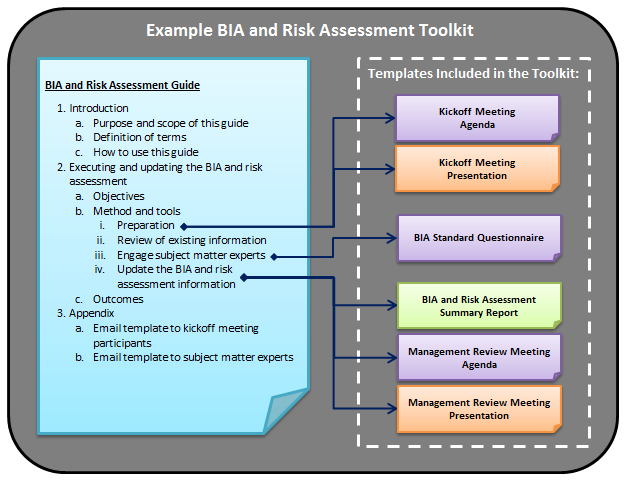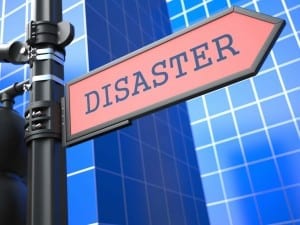(The views expressed in the CNN story do not necessarily represent the official views of the United States, the Department of Homeland Security, or the Federal Emergency Management Agency. FEMA does not endorse any non-government organizations, entities, or services.)
With the great amount of devastation Sandy has brought upon states along the East Coast, I wanted to take a moment to share an article on CNN.com from Hurricane Katrina and Joplin survivors who felt the way many disaster survivors may feel at this point in time. Three days after Sandy’s landfall, millions of people remain without power and their homes and lives as they knew it, have completely changed.
Here’s an excerpt from storm survivors sharing their experiences and giving advice on how to move forward after experiencing a disaster:
Devastation is devastation, whether a hurricane rips up your home or a tornado takes the person you love most in the world. It’s loss, shock and confusion. It’s anger and sadness and resentment. It’s being flustered like you’ve never been flustered before.
But it’s going to be OK: Take it from the people who survived Hurricane Katrina and the Missourians from Joplin whose town was leveled by the worst tornado in U.S. history.
They want Sandy survivors to know a few things:
You’re probably on autopilot right now. You’re moving through it. Stand in the ruins of the life you had before the disaster. Understand that was before. The after is when you’re good and ready.
Hours will still go by though. Days will happen. You might not remember to eat because you’re filling out paperwork and talking to insurance operators. You will get put on hold.
Your life will feel forever on hold.
At some point, when you think you’re handling it, you will stumble on something that reminds you of that old life, maybe it’s a thing or it’s a memory. Maybe this will happen when you finally get the sleep you’ve gone without since the disaster. You’re going to feel really, really awful again for awhile.
…
Eileen Romero, Hurricane Katrina Survivor, “Understand that the life you had before something like this isn’t coming back, and that’s not always a bad thing. Discover and make yourself anew.”
Read the rest of the story from CNN.
As we continue to deal with the aftermath of Hurricane Sandy, we remain committed to bringing the resources of the federal family together to support disaster survivors. We are and will continue to work side by side in close coordination with state, local and tribal emergency management officials, voluntary and faith-based communities, and private sector to support response and recovery efforts in affected states.

